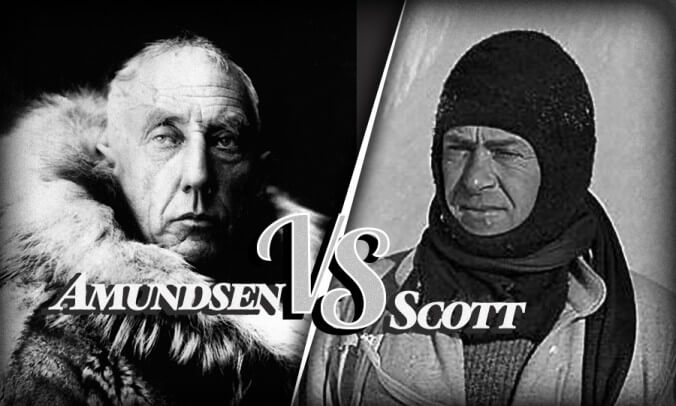As I write this column, the industry has filed multiple lawsuits and is facing one of the most important legal battles in the past decade. It’s a battle against formidable forces — the Department of Labor and President Barack Obama. At stake are billions of dollars of premium and a lot of companies’ futures. Regardless of the outcome, you can rest assured that big changes are on the horizon. Uncertainty will continue to surround our business well into the foreseeable future.
Change and uncertainty are parts of life. You can complain all you want, but they’re inevitable. The only things you can control are how you respond and the actions you actually take. It is said that in every crisis lies an opportunity, and while some of you may not think there is any opportunity in our situation, I can assure you that there is.
Throughout history, there have been some companies and leaders that have navigated this type of world exceptionally well. As best-selling author Jim Collins said in a recent interview with me, “They don’t merely react; they create. They don’t merely survive; they prevail. They don’t merely succeed; they thrive. They build great enterprises that can endure. We do not believe that chaos, uncertainty and instability are good; companies, leaders, organizations and societies do not thrive on chaos. But they can thrive in chaos.”
In his book Great by Choice, Jim shares a fateful story of two leaders in the same extreme environment getting drastically different results.
Back in 1911, there was a race to be the first explorer to the South Pole. Two teams, led by Roald Amundsen and Robert Falcon Scott, emerged to attempt the impossible. While both teams were led by extraordinarily accomplished explorers, they both had very different tactics for getting there.
Roald Amundsen lived with and studied the Eskimos and believed that dog sleds, skis and setting a minimum distance traveled every day would provide the best chance of winning. Robert Falcon Scott took a completely different path and went with motor sledges (think snowmobile), which were at the time a new and unproven technology.
As you can imagine, the unproven technology failed, and Robert Falcon Scott died with his party on his return trek from successfully reaching the South Pole.
Amundsen, with his experience from the Eskimos, wore animal skins rather than technologically superior clothing and relied on proven dog sleds and skis. He knew that the journey would be long and hard, and that it would be impossible to get there in just a few days. So they committed to marching exactly 20 miles every day, regardless of the conditions or how good they felt on the 19th mile.
The idea of the 20-mile march is that you’re on a long journey. It doesn’t happen overnight. You don’t build a great set of customers overnight. You don’t build a business that serves its particular community so well overnight. It’s a journey.

Leave a Reply